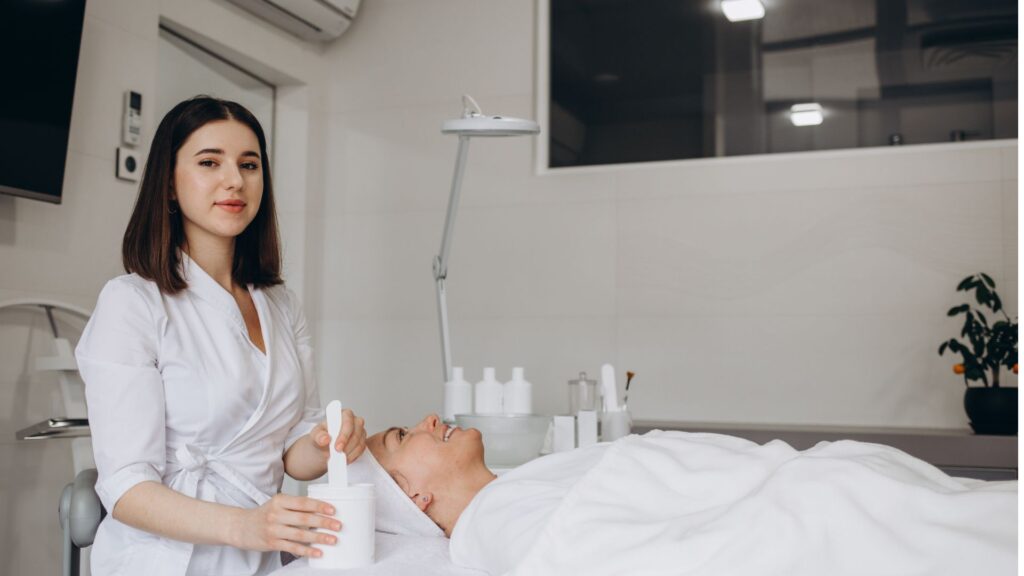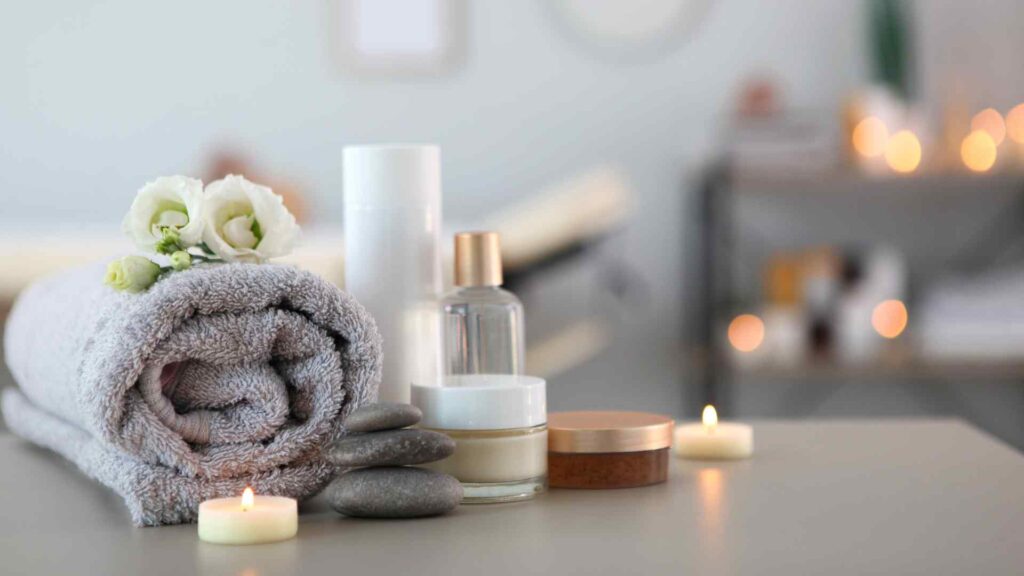Determining rates for med spa treatments and packages requires a careful balance of profitability, client expectations, and market positioning. The way you set fees not only determines revenue but also influences how customers perceive the value of your services.
This article examines how to approach pricing in a structured way that enables med spa owners to create sustainable, competitive, and appealing treatment offerings.
Understand Your Costs and Overhead
The foundation of any pricing strategy begins with knowing your costs, which includes both direct expenses, such as supplies, equipment, and staff wages, and indirect expenses, such as rent, utilities, and insurance. Owners must also consider the lifespan and maintenance of advanced wellness technologies, such as ozone sauna therapy machines or hyperbaric chambers, which require significant investment and ongoing care.
Understanding the return on investment for these devices helps determine how many sessions or packages must be sold before they generate profit. Calculating true operational expenses, you can set prices that ensure profitability without compromising service quality.
Factor in the cost of training staff to operate specialized equipment safely and effectively. Skilled practitioners enhance the client experience, and their wages should reflect both expertise and the value they bring to treatments. Overlooking labor and training costs often leads to underpricing, which erodes margins over time.
Research the Local Market
Competitor analysis plays an important role in determining what to charge for services. Clients often compare offerings across multiple providers, so knowing where your spa stands helps you avoid undervaluing treatments or setting rates so high.
Research similar services in your area and take note of package deals, add-on services, and promotional discounts. If a local competitor charges $200 for a single red light therapy session, setting your fee far above or below this range may create skepticism. Aligning your rates with the local market, while highlighting the unique advantages of your spa, establishes both trust and competitive positioning.
This stage is crucial if you plan to start your wellness business. Understanding local demand, target demographics, and the average spending habits of potential customers helps you design services and packages that resonate with the community you aim to serve.
Consider Client Perception of Value
Perceived value strongly influences what customers are willing to pay in the med spa industry. Confidence in the results, the professionalism of staff, and the overall safety of the establishment all contribute to this perception. Clean, well-maintained facilities reassure clients that their well-being is prioritized, while highly trained practitioners inspire trust.
Advanced technologies and equipment add to the sense of credibility and can justify higher fees when used responsibly. Small details, such as offering complimentary consultations, clear aftercare instructions, or follow-up check-ins, further enhance the experience and encourage clients to view treatments as a worthwhile long-term investment.

Build Packages That Encourage Loyalty and Profitability
Packages are an effective way to encourage repeat visits and create predictable revenue. However, they must be structured carefully to avoid undervaluing services. Beyond simply grouping treatments, owners should think about session frequency, overall savings, and how each option enhances the client experience.
Combining complementary treatments, such as pairing different relaxation and rejuvenation therapies, can create synergy while maintaining profitability. Offering tiered options (basic, advanced, premium) also allows them to choose based on budget and goals. Clear communication of what each option includes helps them feel confident in their purchase. The goal is to design bundles that deliver value to customers while improving retention and ensuring steady revenue for the business.
Factor in Seasonality and Promotions
Demand for certain wellness treatments fluctuates throughout the year. For example, body sculpting treatments may increase before summer, while detox or relaxation services may rise in popularity after the holiday season. Factoring in seasonality when planning pricing and promotions can help maintain consistent revenue flow.
Short-term promotions should be used strategically to attract new clients without diminishing the perceived value of treatments. Over-discounting can damage brand positioning, so promotions should enhance rather than erode long-term pricing integrity.
Regularly Review and Adjust Pricing
The med spa industry evolves quickly, with new devices, trends, and client expectations shaping the market. Fee structures should not remain static but instead be reviewed periodically to ensure alignment with business goals and industry shifts. Identifying which services are most popular can guide these reviews and highlight where adjustments may be most effective.
Adding new technologies or expanding treatment offerings may justify higher charges. Similarly, increasing operational costs may require adjustments to maintain profitability. Regular reviews help avoid falling behind competitors and ensure your approach reflects both value and costs accurately.
Final Thoughts from Innergy Dev
Pricing med spa treatments and packages requires a structured approach that combines cost awareness, market research, client psychology, and package design. Aligning these elements allows wellness business owners to establish fee structures that are sustainable, competitive, and attractive to customers.
At Innergy Dev, we understand the importance of aligning pricing with both client expectations and business goals. With years of experience in developing professional-grade wellness technologies, we provide solutions that help med spa owners elevate service quality while supporting profitability. Our expertise ensures that businesses can confidently build pricing strategies around equipment and treatments designed for long-term growth.

